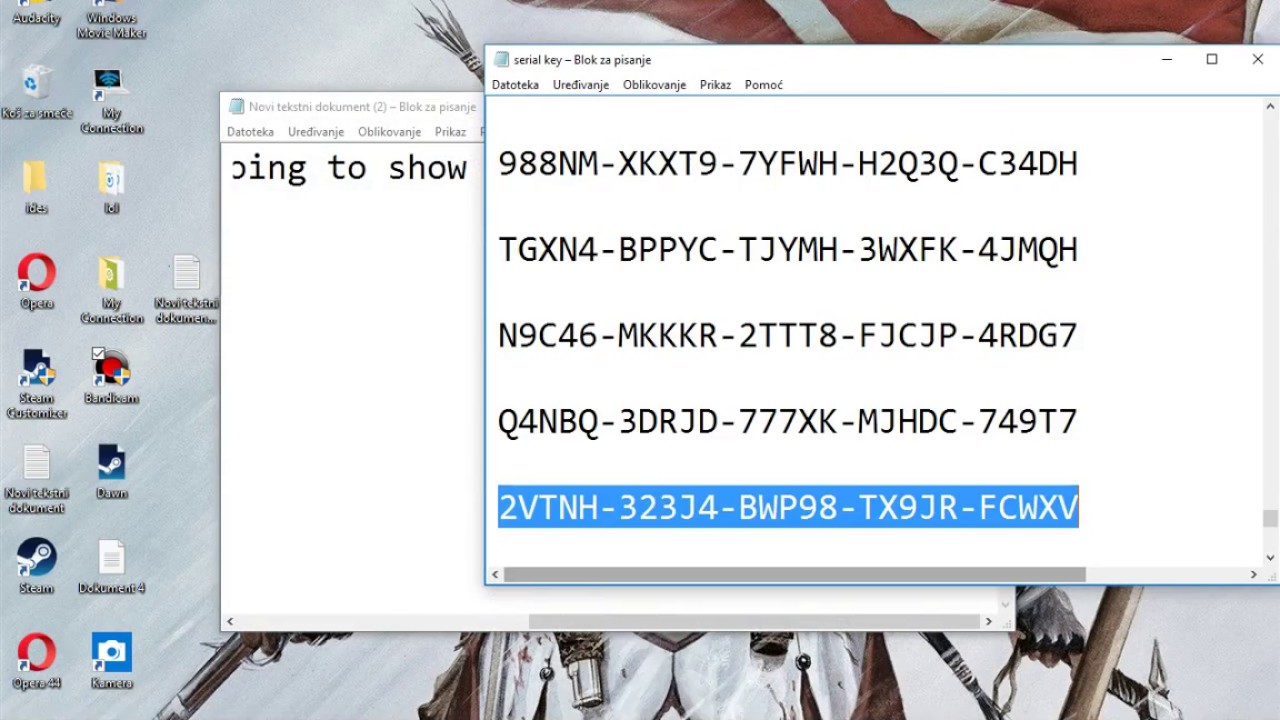

The next step is to activate Windows by installing a Windows 7 Enterprise MAK license key and activating it. Once the upgrade has completed, you should find yourself with a correctly installed Windows 7 Enterprise Edition instance. If nothing is blocking the upgrade (from a compatibility standpoint), then setup will begin an in-place upgrade and reboot the machine several times. Next (do not reboot after you make the above registry edits), from the extracted ISO run setup.exe, and when prompted for the type of installation you wish to perform, select the option to Upgrade. REG ADD "HKLM\SOFTWARE\Microsoft\Windows NT\CurrentVersion" /f /v "ProductName" /t REG_SZ /d "Windows 7 Enterprise"

And if the machine utilizes disk encryption, decrypt the volumes before continuing.Īfter the above items are attended to, open an Administrative Command and run: REG ADD "HKLM\SOFTWARE\Microsoft\Windows NT\CurrentVersion" /f /v "EditionID" /t REG_SZ /d "Enterprise" Download and extract the most recent Volume Licensing Windows 7 Enterprise iso to the C: drive of the machine. That said, there is a method (obviously unsupported by MS) to accomplish this without losing your data if you are brave enough to go down that road.īefore proceeding, a full machine backup is recommended (use something like Veeam Endpoint Backup to create a backup, or if it is a VM, take a snapshot).

The problem is though, there is no supported method by Microsoft to in-place migrate from Windows 7 Pro to Windows 7 Enterprise edition. Windows 7 Pro does not support multi-monitors as a RDP host, but Windows 7 Enterprise certainly does. This worked fine for some of the end users, but some of the other end users needed multi-monitor support. The bad news for us though was there were a few legacy applications installed on those old desktops that we just could not get to reinstall on the new Windows 7 Enterprise edition machines the client purchased from us, so we decided to just P2V the old desktops into the customer’s VMware cluster, and provide the end users RDP access to their old desktop until we could deploy a validated solution to replace those nontransferable legacy apps. Recently we inherited a new client with some very legacy desktops running an OEM version of Windows 7 Pro.


 0 kommentar(er)
0 kommentar(er)
